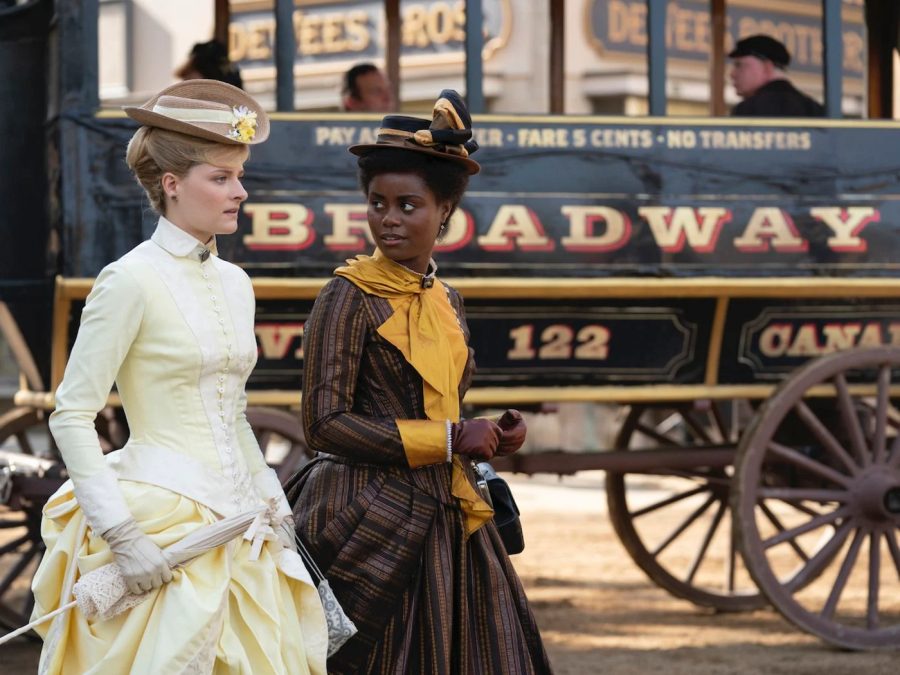Period drama ‘Gilded Age’ faithfully depicts New York in late 1800s
Gilded Age depicts 1880s New York in a unique light.
March 12, 2022
When people think of the period drama genre, they most likely picture proper, clearly upper-class British people speaking about the woes of their lives. However, recent efforts have been made to expand the definition of the genre and showcase other types of people and places in the world. Taking its place amongst these efforts is “The Gilded Age,” the latest show from Julian Fellowes, the creator of the wildly popular “Downton Abbey.” This is a period drama that hits close to home as it is set in 1880s New York and partially filmed in the Hudson Valley. Living close to a city where many of the most notable buildings and landmarks were built by and bear names such as Rockefeller, Vanderbilt and Carnegie, it is interesting to see the history of the time period that shaped current New York.
Though featuring many characters, the story centers on two families: the Van Rhijns and the Russells. The Van Rhijns are an old money family led by Agnes (Christine Baranski), who dislikes the changes that are coming to New York City through the new money families starting to take over. One example of these families is the Russell family, who recently made their fortune and built a grand mansion right across the street from the Van Rhijns. Ambitious wife Bertha (Carrie Coon) struggles to break into elite society while husband George (Morgan Spector) continues to increase in power.
From the costumes to the sets, everything is designed to immerse the audience in the world of 1880s New York. It is worth watching the show just to admire how beautiful it is alone. However, there are also a number of stand-out performances to see as well. Christine Baranski perfectly plays the uptight, snooty, pragmatic Agnes Van Rhijn, trying to deny that the world is changing around her. Her interactions with her idealistic, sweet sister Ada (Cynthia Nixon) are amongst the best scenes in the show. Another stand out is Peggy Scott (Denée Benton), the ambitious young author who becomes a secretary for Agnes. She gives insight to an often-overlooked area of history, namely the elite, educated Black population living in Brooklyn in the late 19th century. The showrunners worked closely with the actress and academics specializing in the study of the Black elite to portray Peggy in a way that was vibrant and rich, and it truly shines through in Benton’s performance.
The show’s biggest drawback is that it can’t quite seem to decide if it admires the era it’s portraying or not. It certainly does not shy away from showing the negative aspects of the era from corruption in government and finance to the silencing of Peggy as she tries to get published. However, the show hinges on the premise of viewing the Russells as heroic underdogs facing down the Goliath of the New York elite. One can’t help but want them to succeed in breaking into the pretentious, locked world. Yet, it is hard to ignore the fact that George is a robber baron who most likely made his money through exploiting others and cutting corners. However, the show wants us to at least see them as aspirational. They are underdogs even though they have more money than pretty much everyone else portrayed, and they have the happiest and most faithful marriage of any in the show. Setting aside one’s moral scruples may turn some people off from this show, but if you take pleasure in watching morally questionable people navigate a constantly changing world or just simply love period dramas, “The Gilded Age” might just be for you.









